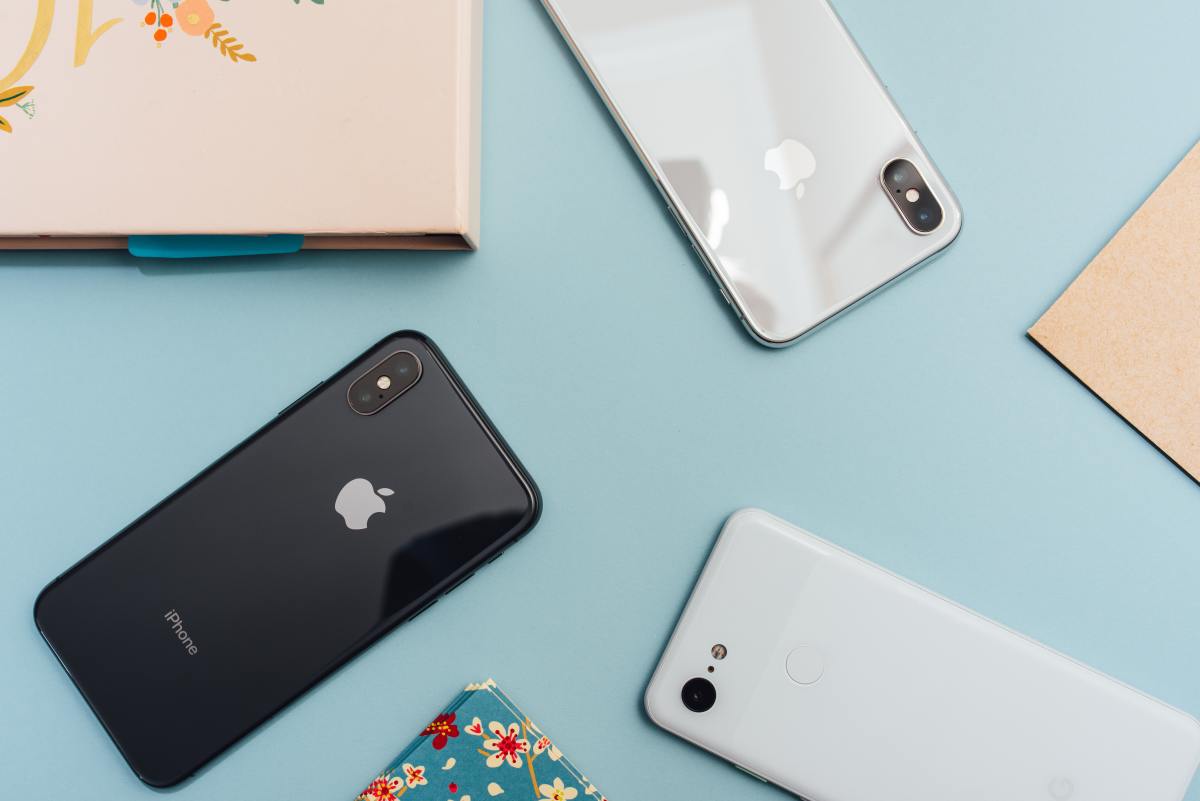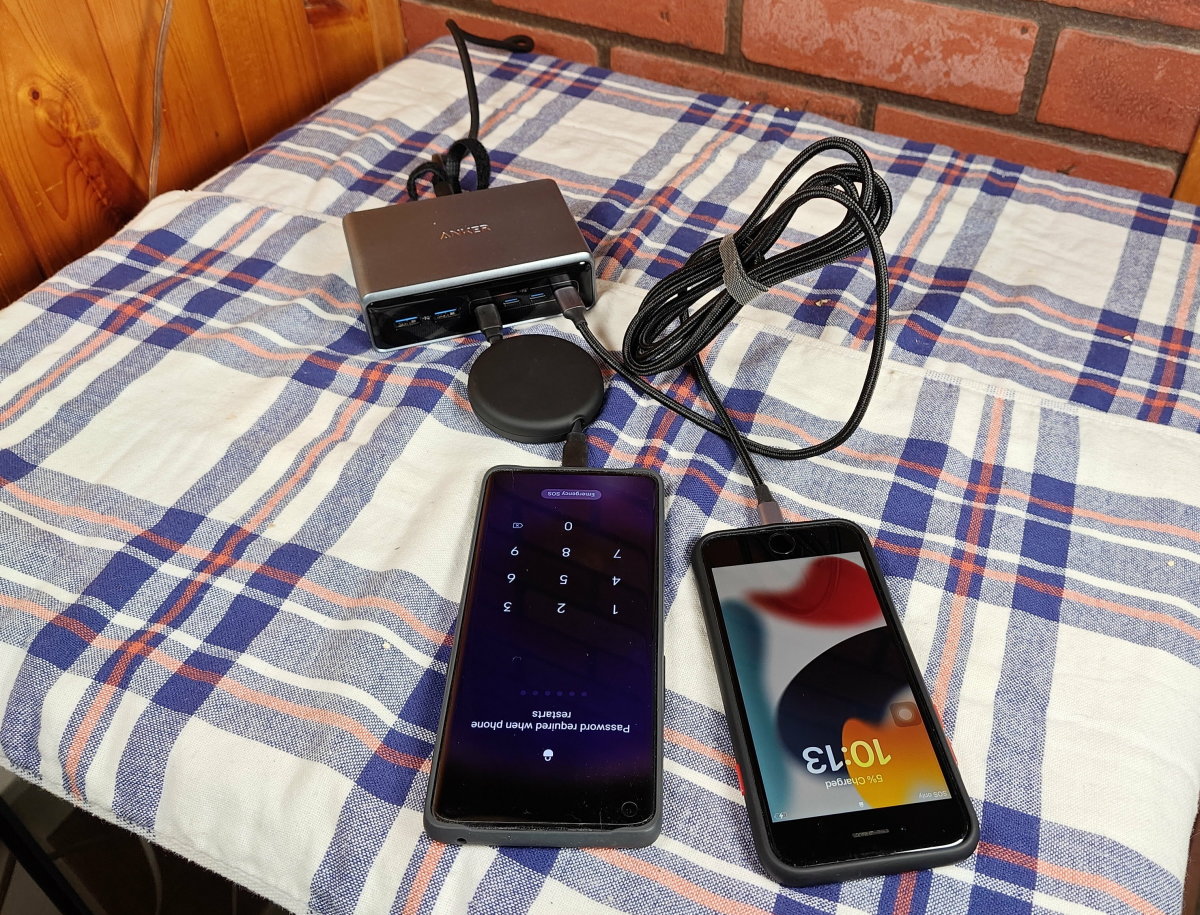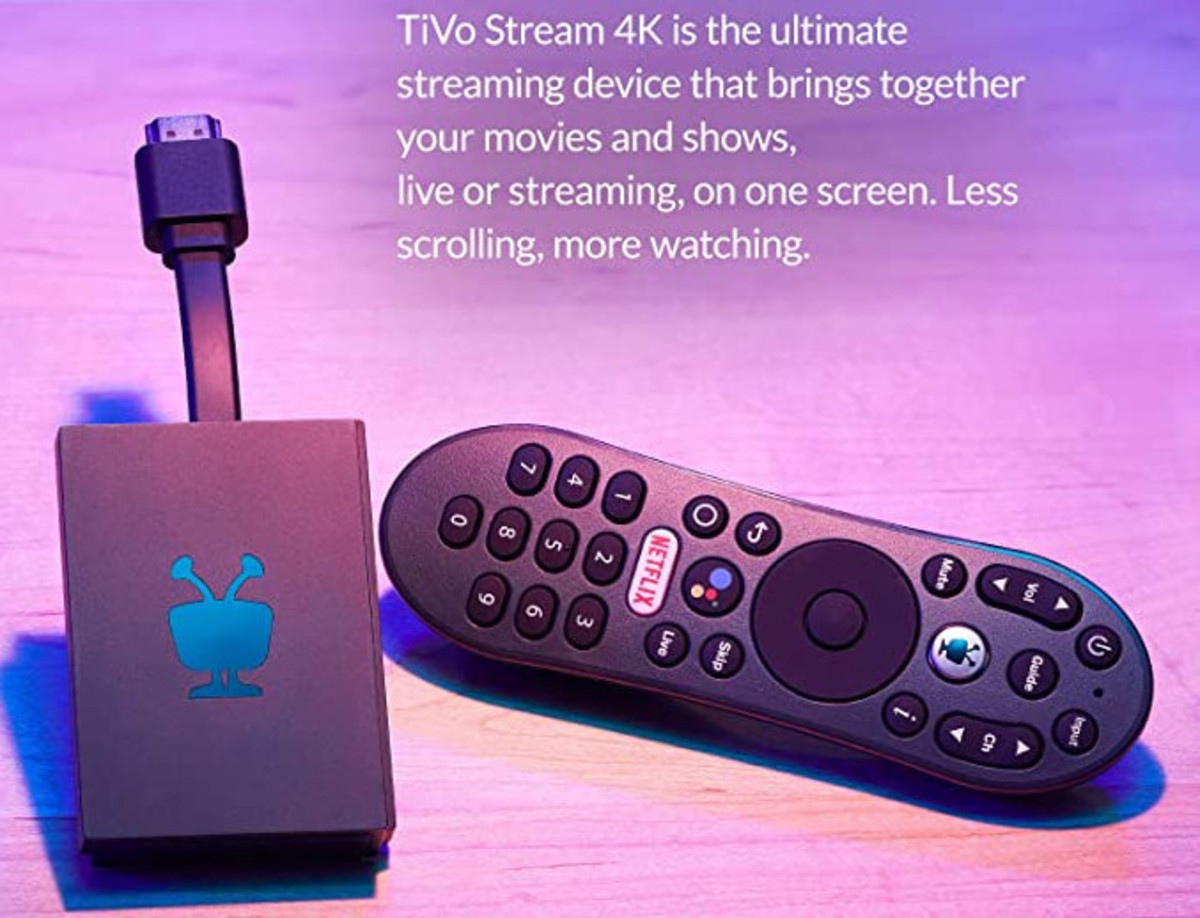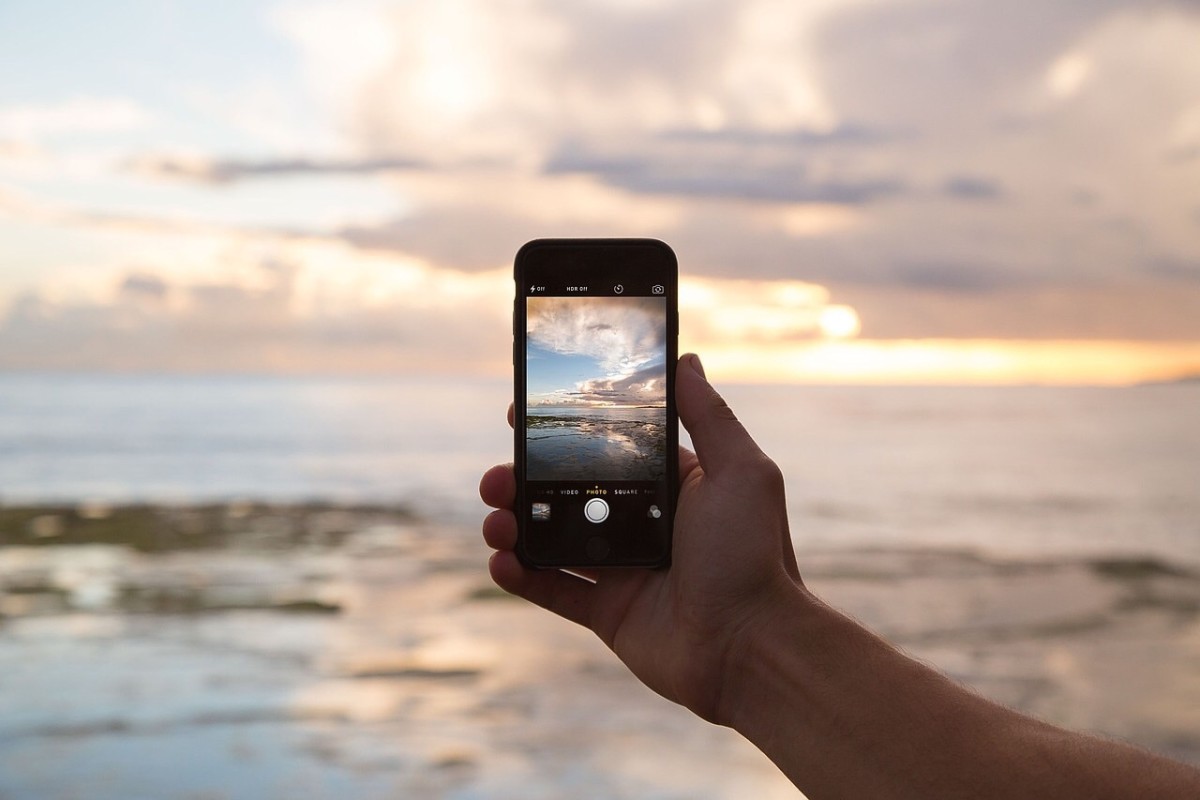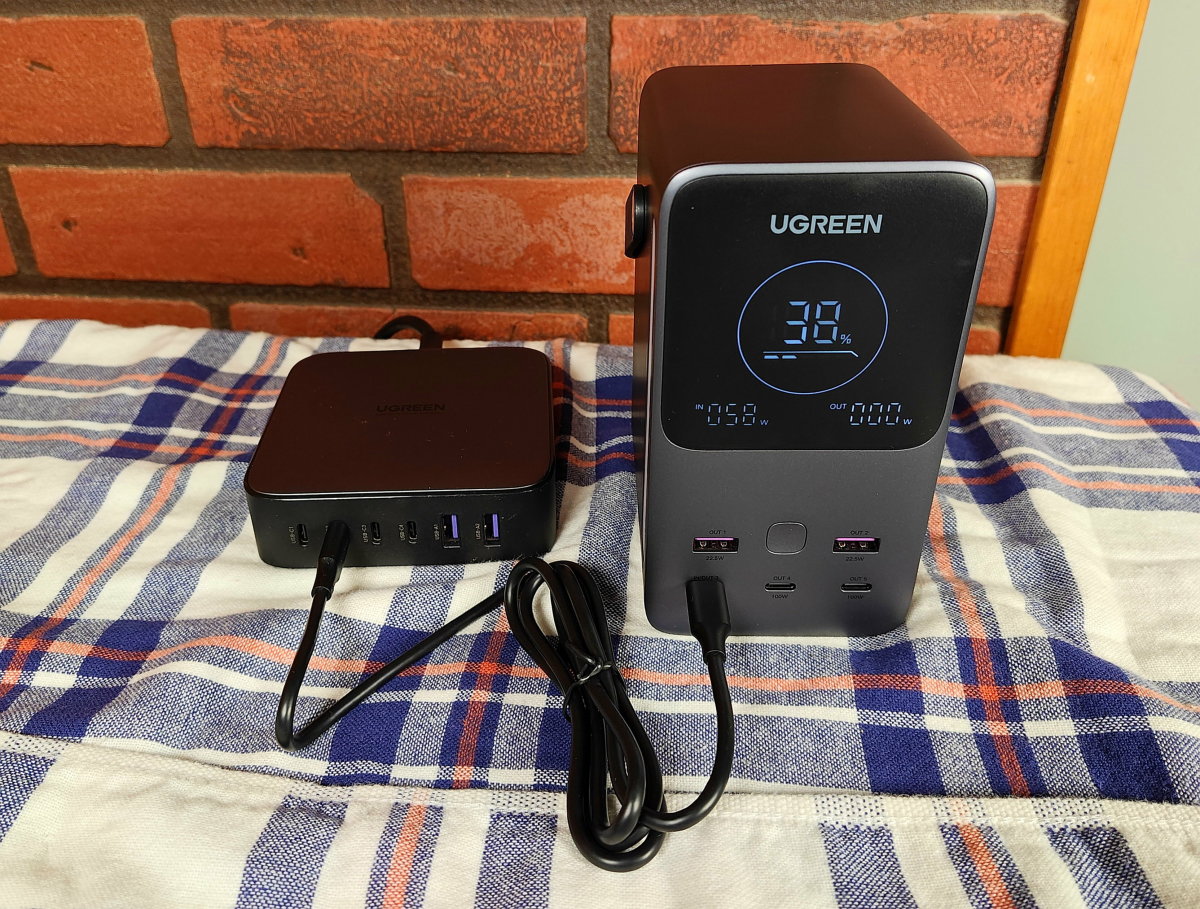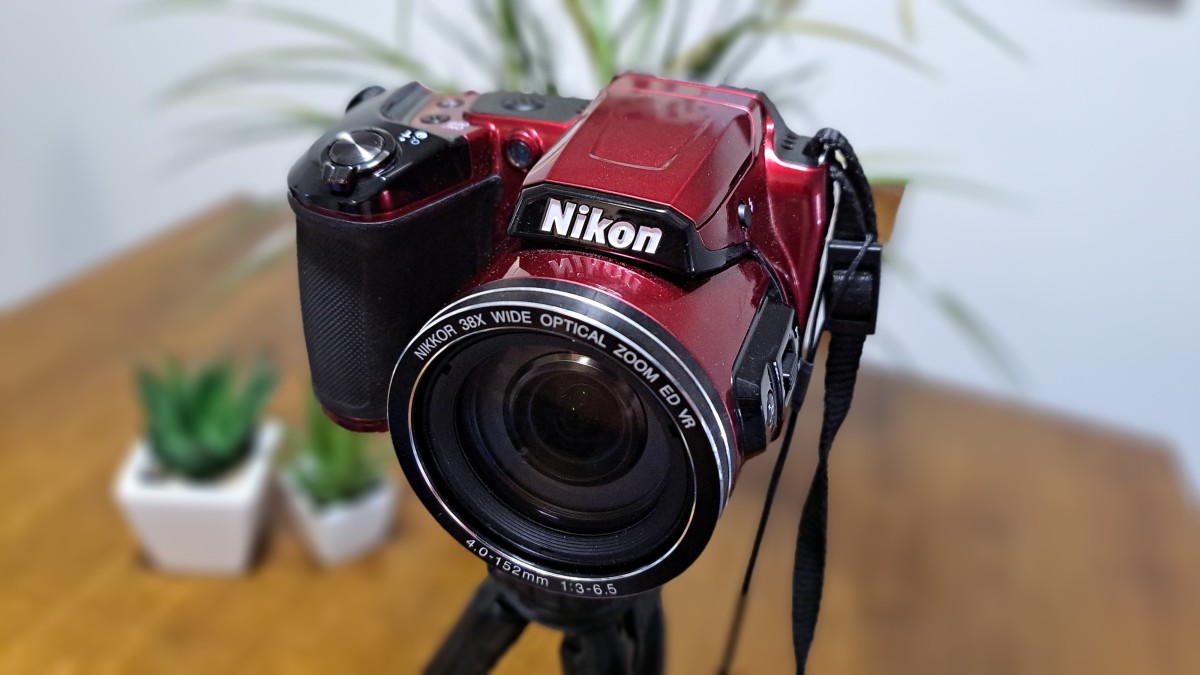Designing IoT Products - The Basics
Have a Great Idea?

When designing products and solutions for IoT there are a few major points to keep in mind; power and communication. Without power, most (not all) IoT products are paperweights. Without the ability to communicate with other devices your product will be missing out on the synergistic benefits IoT is based on.
Power Considerations
If you are able to plug your product into a wall go ahead and skip this section, you are golden.
Many IoT products must be wireless; wearables, locks, tracking devices, and many others.
Nightly charging is a simple solution for devices like smart watches and fitness trackers, but not a viable solution for door locks and sensors.
For those devices a lithium-ion battery will be required. These can either be tiny coin batteries or standard AA/AAA. If you are trying to make something small and sleek AA/AAA will be out of the picture.
Communication
Second to power, communication is the biggest obstacle you will face with your product.
The big 3 communication protocols are Wifi, Zigbee/Zwave, and Bluetooth LE. Here's a quick comparison of them.
Wifi
| Zigbee/Zwave
| Bluetooth LE
| |
|---|---|---|---|
Battery Life (2 AA)
| Days/Weeks
| Years
| Months/Years
|
Bandwidth
| 105Mbits/s (huge)
| 250kbits/s (very small)
| 750kbits/s
|
Range
| Anywhere with Wifi Coverage
| 30 Feet (without repeaters)
| 30 Feet
|
Chip Cost
| $7
| $5
| $3
|
Max Devices
| Network limited, but 100 is very doable
| 65,000
| 7
|
For products that only need to speak to a smartphone Bluetooth LE is a great option. It's cheap and simple.
For products that need to communicate with other devices in the home Zigbee/Zwave or Wifi should be used. When possible, use wifi as you will not have the coverage issues Zigbee/Zwave has.
For more information
This was a quick rundown of power and communication considerations when dreaming up new products. When these 2 needs are met almost anything can be created.
If you would like more information please visit Glow Labs.

